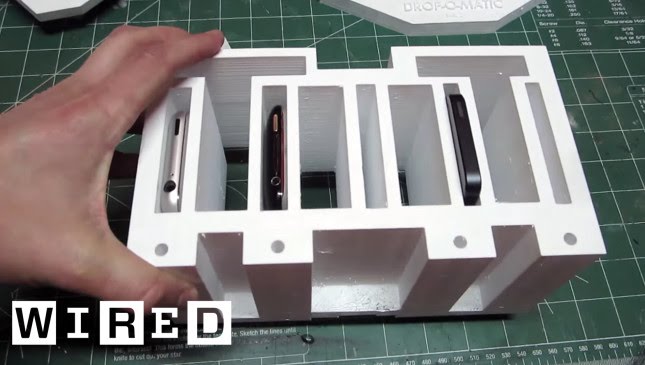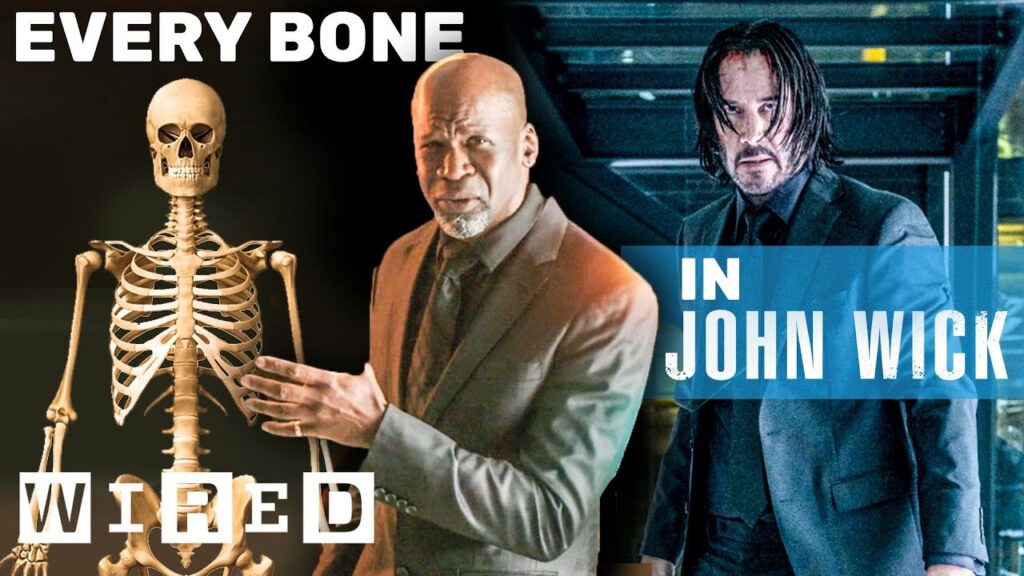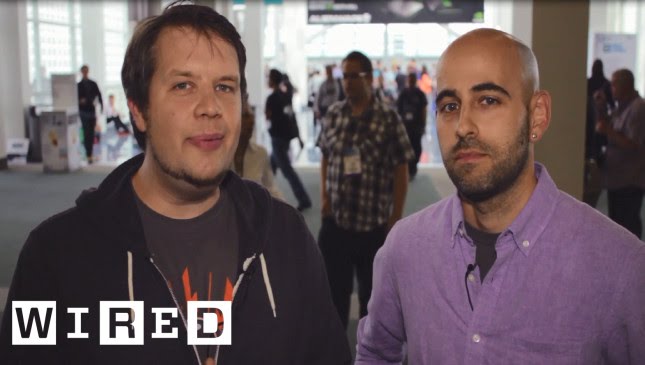Unlocking the Power of Networks for Behavior Change: A Q&A with a Public Health Expert
Summary
In this blog post, we interview a public health expert who discusses the use of network mapping to target public health interventions to specific locations within the network in order to change and accelerate certain behaviors. They emphasize that understanding network structure can facilitate this type of intervention and distinguish between online and real interactions as well as the importance of technological innovations in influencing behavior. They also explore examples and data sets and express a vision for the study and mapping of the microdynamics of how innovation and behavior spread within social systems.
Table of Contents
- Introduction
- The Power of Networks
- The Role of Technology in Behavior Change
- Behavior Change in Healthcare
- Conclusion
Introduction
We had the opportunity to interview a public health expert who specializes in leveraging network mapping to change behavior. We discussed how understanding network structure can provide new avenues for changing individual behaviors and targeting public health interventions. We also delved into the influence of technology, specifically phones and social media, on human behavior.
The Power of Networks
Question: Can you explain how network mapping can be used to target and accelerate certain behaviors?
Response: Network mapping is an incredibly powerful tool in targeting and accelerating certain behaviors. By understanding network connections and structure, we can identify key individuals within a given network who are influential in shaping behaviors. We can target interventions towards these individuals, who then, in turn, influence the other individuals within the network. This strategy has been used to target the spread of innovation, new ideas, and even to change behavior within healthcare networks. It allows for a more specific, targeted approach to interventions that is more efficient than mass marketing.
Question: Can you give examples of how network mapping has been used to target behavior change?
Response: One example of using network mapping to target innovation within a physician network. By understanding network connections between physicians, we can identify the key individuals who are more likely to adopt new practices or technologies. We can then target these individuals with interventions aimed at changing their behavior, knowing that their influence over the network will ensure that the behavior change spreads.
Another example is within the context of social networks. By identifying key individuals who are connected to many people within the network, we can target them with interventions aimed at changing behavior. Knowing that these individuals are highly connected, we can predict that behavior change will spread rapidly through the network.
Question: How do network influences compare to mass marketing in terms of behavior change?
Response: When it comes to behavior change, network influences are vastly more powerful than mass marketing. There is a lot of research that shows that individuals are much more likely to adopt a behavior if they see their peers adopting that behavior. In fact, social influence can be up to four times as powerful as other types of influence. Network mapping allows us to target these network influences specifically, and to use them to accelerate behavior change.
Question: You mentioned that it’s important to distinguish between online and real interactions. Can you explain why that is important?
Response: Yes, it’s important to distinguish between online and real interactions because they are vastly different. Real interactions are more powerful in shaping behavior because they are more personal and usually involve greater trust between individuals. In contrast, online interactions are more superficial, and it’s much harder to build trust between individuals. The medium doesn’t really matter; what matters is who is sending the signal. For example, if Facebook is used to spread information or influence behavior, the platform can accelerate the acquisition of information if it comes from a real friend rather than a weak online interaction.
Question: You mentioned having worked with several data sets. Can you elaborate on that?
Response: We have worked with a few data sets on a range of topics, from understanding the spread of the flu within school networks to mapping the structure of a network of street gangs. One data set we have worked with in particular is from the Heart Study, which followed a large cohort of individuals over many years, providing detailed information on their social networks, health behaviors, and medical outcomes. This data is particularly important in understanding how behavior and health outcomes are related and can be targeted through network mapping.
Question: You expressed a fantasy about finding a defined population to systematically map and study the microdynamics of how innovation and behavior spread within social systems. Do you have any concrete ideas on how to make this possible?
Response: I think this is a really exciting area of research with tremendous potential. One concrete idea is to work with high-risk populations, such as those at high risk for HIV, and systematically map their social networks. We could then use this information to identify key individuals who are most influential in spreading innovation and behaviors, and target interventions accordingly. By systematically studying the microdynamics of these networks, we could gain a better understanding of how innovation and behavior spread within social systems, and develop more effective interventions as a result.
The Role of Technology in Behavior Change
Question: How has technology influenced behavior change?
Response: Technology, in particular, the rise of smartphones and social media, has revolutionized the way we interact with each other and the world around us. This has had a profound impact on behavior change. Social media, for example, can be harnessed to spread information and influence behavior, particularly among younger populations. Similarly, smartphones have made it easier to track health behaviors and to provide timely feedback and support.
Question: Can you elaborate on the impact of technology on behavior change?
Response: Technology has had a significant impact on behavior change. For example, there are many mobile apps that can be used to track health behaviors like exercise, diet, and sleep. These apps can provide users with feedback and support, helping to encourage healthy habits. Similarly, social media can be used to spread information and influence behavior, particularly among younger populations. However, it’s important to note that while technology can be a powerful tool in behavior change, it is not a silver bullet. It’s important to consider the context in which technology is being used, and to tailor interventions appropriately.
Question: Can you speak to the role of social media in behavior change?
Response: Social media has the potential to be a powerful tool in behavior change. As I mentioned earlier, social influences are incredibly powerful in shaping behavior. Social media provides a platform for individuals to communicate with one another and to influence each other’s behaviors. For example, social media campaigns have been used successfully to increase physical activity, promote healthy eating habits, and encourage smoking cessation.
Question: How can we best harness the power of technology in behavior change?
Response: I think the key to harnessing the power of technology in behavior change is to be strategic in its use. We need to consider the context in which technology is being used and to tailor interventions accordingly. For example, if we’re trying to influence behavior in older populations, then social media might not be the best platform to use. We need to identify the platforms and technologies that are most effective at reaching the desired population and then to craft interventions that are appropriate to that platform.
Question: You mentioned that you distinguish between online and real interactions. Can you explain how this distinction applies to the role of technology in behavior change?
Response: Yes, the distinction between online and real interactions is important when considering the role of technology in behavior change. As I mentioned earlier, real interactions are much more powerful in shaping behavior because they involve greater trust between individuals. Online interactions are more superficial and it’s much harder to build trust between individuals. Therefore, when trying to influence behavior change, we need to be thoughtful about how we leverage technology. We need to identify the platforms and technologies that are most effective at building trust between individuals and then to craft interventions that are appropriate to that platform.
Behavior Change in Healthcare
Question: Why is behavior change in






